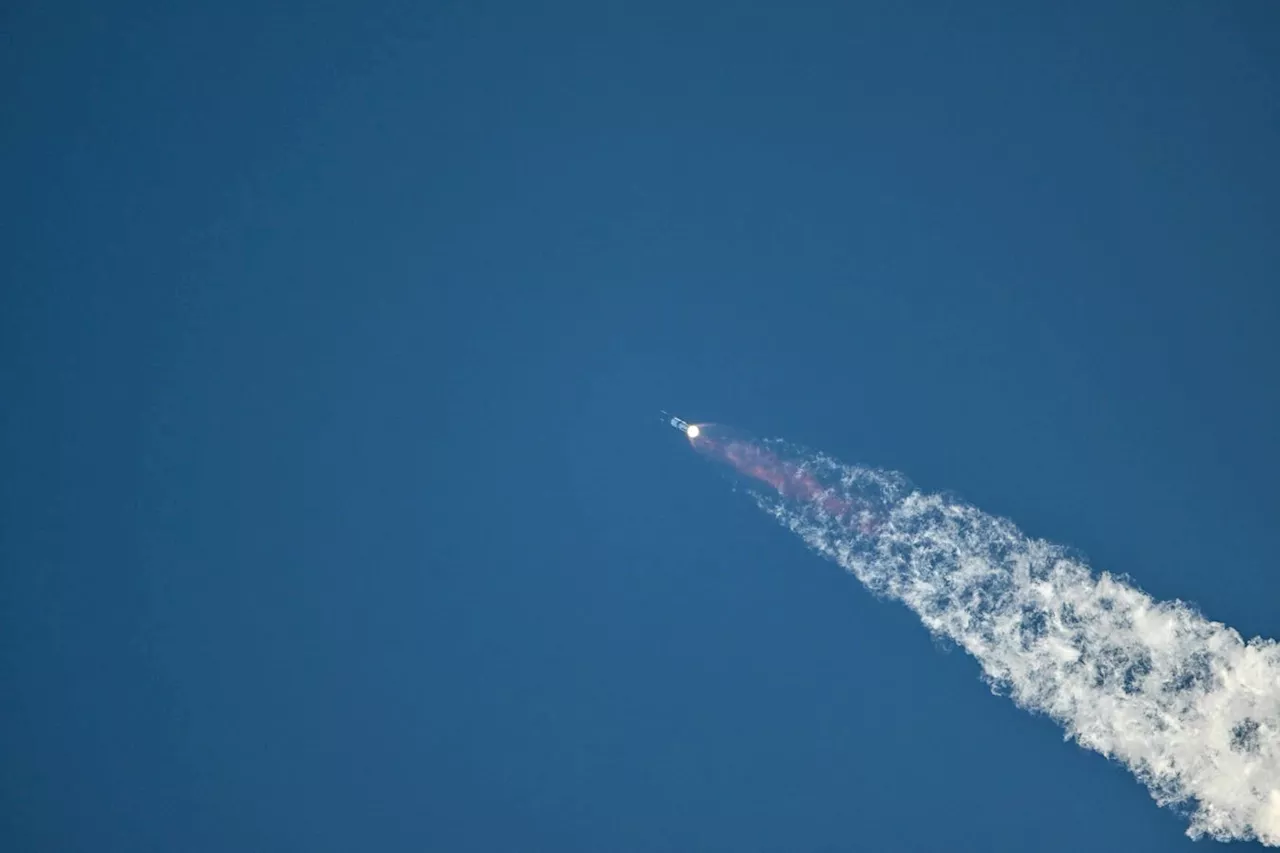This week's episode of The Prototype explores the booming space economy, advancements in quantum computing, and the need for innovative solutions like debris removal and energy storage for satellites.
In this week’s edition of The Prototype, we look at the growth of the space economy , a company making quantum integrated circuits, using blue light to make industrial chemicals and more. A significant amount of this increase was driven by SpaceX, which saw 134 launches last year, up from 96 the year before. Rocket Lab also expects more records to come: SpaceX is targeting between 175-180 launches in 2025. And the industry as a whole is expected to grow to about $1.
8 trillion by 2035 compared to about $630 billion in 2023. One big winner in space has been Starlink, which a Quilty Analytics report predicts will see over $2 billion in revenue in 2025 and nearly 8 million subscribers. What might the next big winners in space be? I recently talked to Robert Savage, head of markets strategy and insights at BNY Mellon. He sees big opportunities for energy storage to overcome limitations for current satellites, as well as debris removal–a solution requiring more urgency as more and more satellites are placed in orbit. “You have so much space debris that it’s a limiting factor to getting more satellites up there,” he said. “So you need a company to help clean up.” Of pretty much every computer you’ve ever used is a “complementary metal-oxide-semiconductor” better known as CMOS. This type of transistor is used in chips to regulate the flow of electricity, among other things. Quantum computers, though, often can’t use conventional components like CMOS because they have to operate at temperatures near absolute zero. This environment dramatically not only reduces the efficiency of normal electronics, but also the heat they dissipate can disrupt the delicate workings of quantum processors. As a result, “the input/output is a real bottleneck for quantum computing,” Himadri Majumdar told me
SPACE ECONOMY QUANTUM COMPUTING DEBRIS REMOVAL ENERGY STORAGE SATELITES
United States Latest News, United States Headlines
Similar News:You can also read news stories similar to this one that we have collected from other news sources.
 Edge of Space: A Thrilling Short Film Inspired by the Space RaceA new short film, 'Edge of Space', is making waves in the film festival circuit. Set during the height of the Cold War space race, the film follows a brave USAF test pilot recruited by NASA for a suborbital mission.
Edge of Space: A Thrilling Short Film Inspired by the Space RaceA new short film, 'Edge of Space', is making waves in the film festival circuit. Set during the height of the Cold War space race, the film follows a brave USAF test pilot recruited by NASA for a suborbital mission.
Read more »
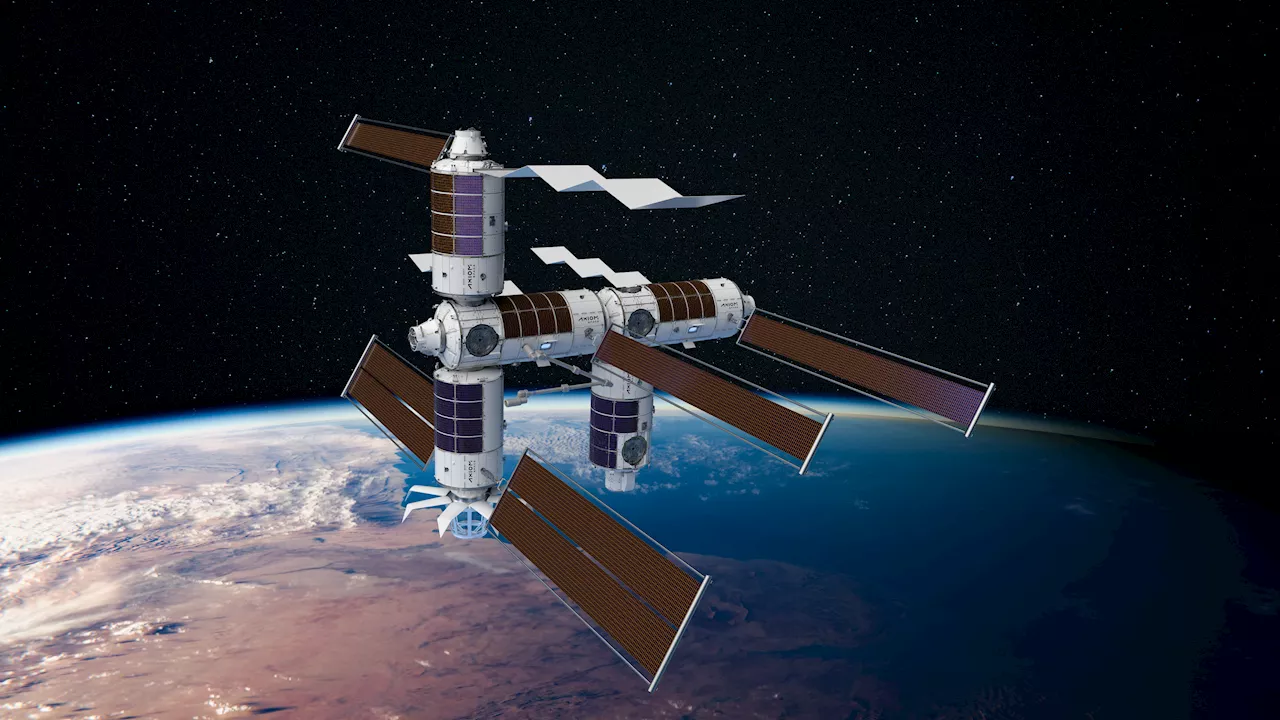 Axiom Space Adjusts Assembly Sequence for Earlier Free-Flying Space StationAxiom Space, in partnership with NASA, has modified its planned assembly sequence for its commercial space station, Axiom Station. This change aims to accelerate the station's operation as a free-flying entity and reduce dependence on the International Space Station (ISS) during assembly. The new sequence will see the Payload, Power, and Thermal Module launched first, allowing the station to detach from the ISS as early as 2028. Axiom will then continue assembly in free-flight, adding modules like Habitat 1 and the Research and Manufacturing Facility.
Axiom Space Adjusts Assembly Sequence for Earlier Free-Flying Space StationAxiom Space, in partnership with NASA, has modified its planned assembly sequence for its commercial space station, Axiom Station. This change aims to accelerate the station's operation as a free-flying entity and reduce dependence on the International Space Station (ISS) during assembly. The new sequence will see the Payload, Power, and Thermal Module launched first, allowing the station to detach from the ISS as early as 2028. Axiom will then continue assembly in free-flight, adding modules like Habitat 1 and the Research and Manufacturing Facility.
Read more »
 Axiom Space Adjusts Plans for Commercial Space StationAxiom Space has modified its assembly sequence for its planned commercial space station, Axiom Station, to accelerate its operation as a free-flying space station and reduce reliance on the International Space Station during assembly. The new plan involves launching the Payload, Power, and Thermal Module first, allowing it to detach as early as 2028 and become a free-flying destination. Axiom Space will continue assembly in free-flight, adding additional modules like Habitat 1 and the Research and Manufacturing Facility.
Axiom Space Adjusts Plans for Commercial Space StationAxiom Space has modified its assembly sequence for its planned commercial space station, Axiom Station, to accelerate its operation as a free-flying space station and reduce reliance on the International Space Station during assembly. The new plan involves launching the Payload, Power, and Thermal Module first, allowing it to detach as early as 2028 and become a free-flying destination. Axiom Space will continue assembly in free-flight, adding additional modules like Habitat 1 and the Research and Manufacturing Facility.
Read more »
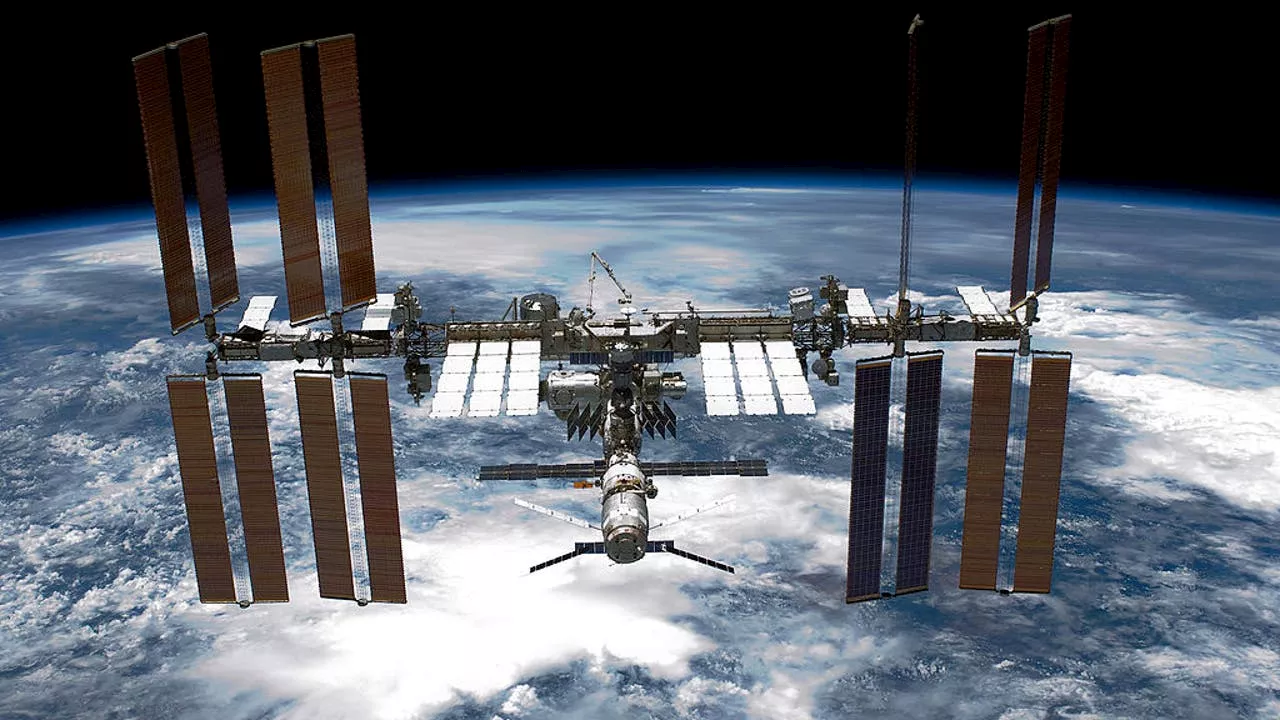 Space Debris Threatens Future of Space TravelThousands of defunct satellites and fragments orbit Earth at dangerous speeds, posing a significant risk to space travel. Experts warn that this space debris could lead to Kessler Syndrome, a chain reaction of collisions that makes parts of Earth's orbit unusable. The European Space Agency reports that only 10,200 out of 13,230 satellites launched remain in orbit, and defunct satellites, rocket boosters, and even lost tools contribute to the growing hazard. Spacefaring nations are taking action to address this threat, with the ESA's Zero Debris Charter aiming to nearly eliminate space junk by 2030.
Space Debris Threatens Future of Space TravelThousands of defunct satellites and fragments orbit Earth at dangerous speeds, posing a significant risk to space travel. Experts warn that this space debris could lead to Kessler Syndrome, a chain reaction of collisions that makes parts of Earth's orbit unusable. The European Space Agency reports that only 10,200 out of 13,230 satellites launched remain in orbit, and defunct satellites, rocket boosters, and even lost tools contribute to the growing hazard. Spacefaring nations are taking action to address this threat, with the ESA's Zero Debris Charter aiming to nearly eliminate space junk by 2030.
Read more »
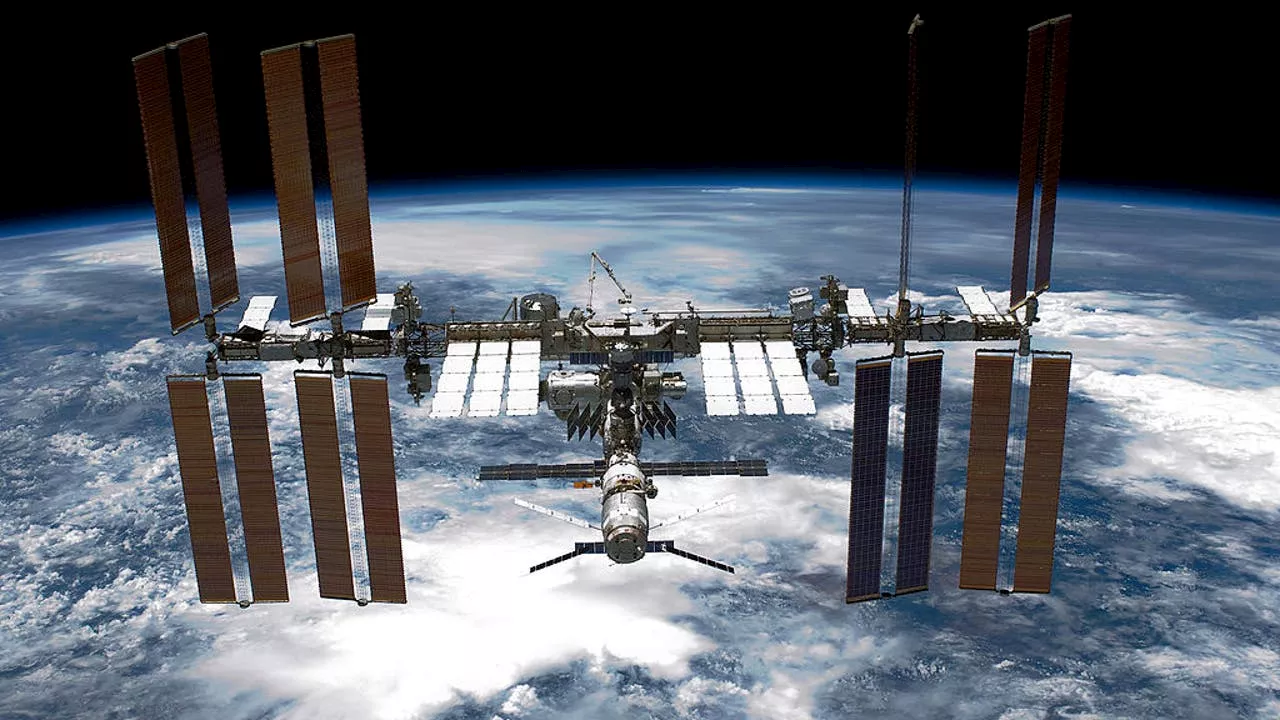 Space Debris Threatens the Future of Space TravelThousands of defunct satellites and fragments circling Earth at dangerous speeds pose a serious threat to future space exploration. Experts warn that the growing amount of space debris could make parts of Earth's orbit unusable.
Space Debris Threatens the Future of Space TravelThousands of defunct satellites and fragments circling Earth at dangerous speeds pose a serious threat to future space exploration. Experts warn that the growing amount of space debris could make parts of Earth's orbit unusable.
Read more »
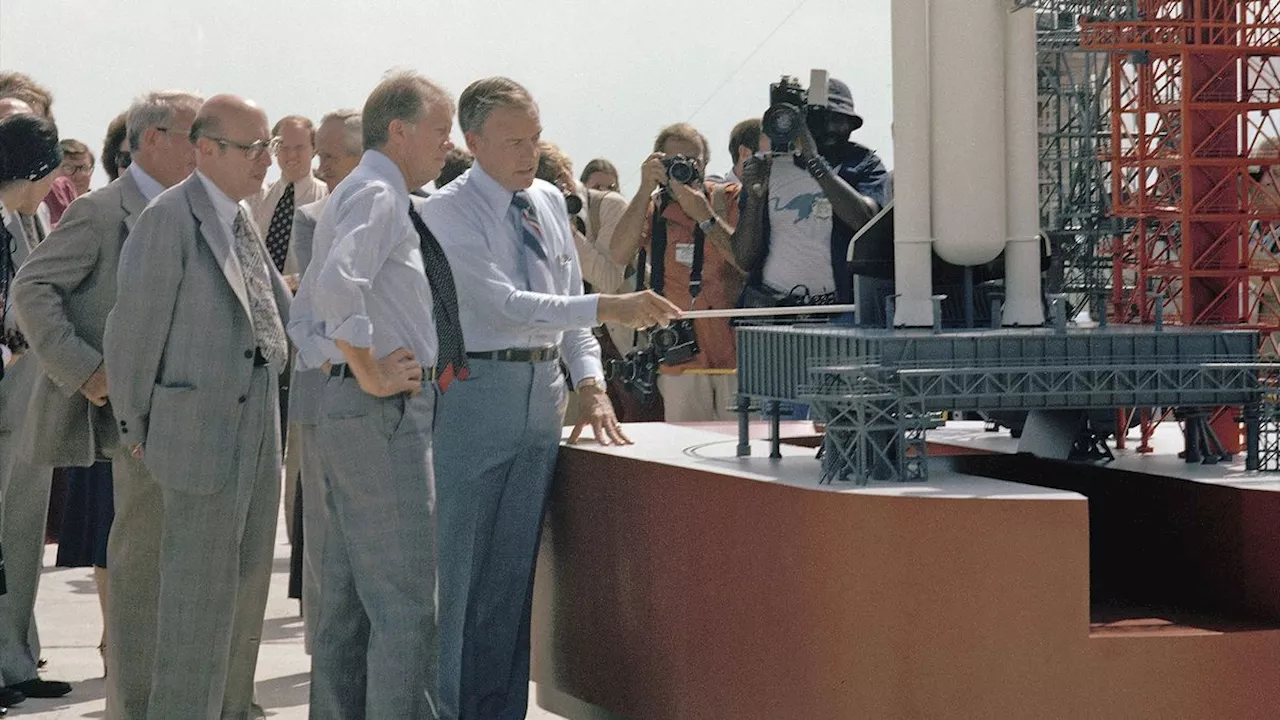 Jimmy Carter's Space Legacy: Voyager Message and Space Shuttle FundingThis article explores the lasting impact of former President Jimmy Carter on space exploration. It highlights his contributions to the Voyager Golden Record, a message sent into interstellar space, and his crucial support for funding the development of the space shuttle.
Jimmy Carter's Space Legacy: Voyager Message and Space Shuttle FundingThis article explores the lasting impact of former President Jimmy Carter on space exploration. It highlights his contributions to the Voyager Golden Record, a message sent into interstellar space, and his crucial support for funding the development of the space shuttle.
Read more »
